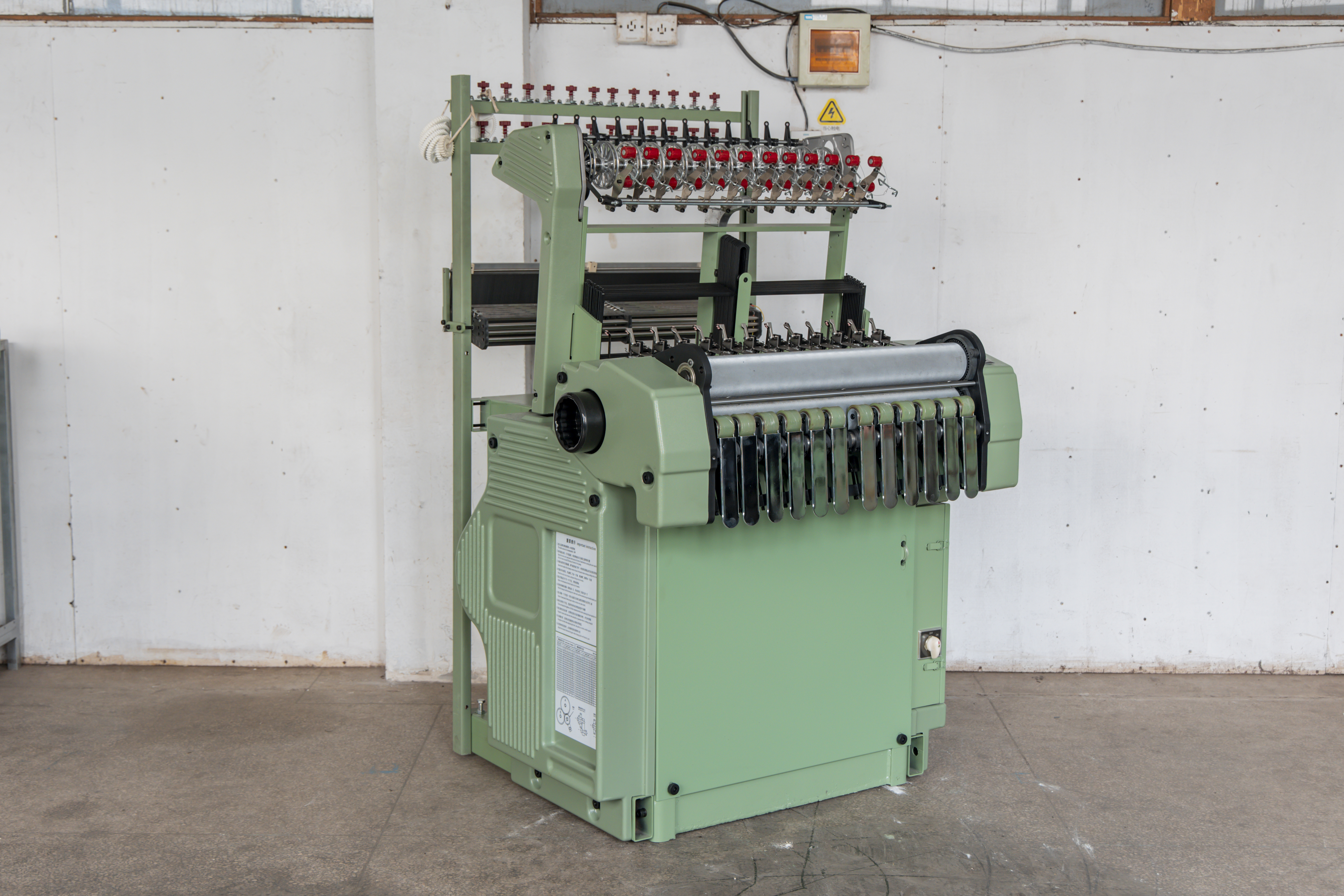With the rise of automation and digitization, electrical control system upgrades in textile machinery have become essential for achieving greater efficiency and flexibility. From weaving and dyeing to embroidery and printing, these systems significantly improve production processes in a range of textile machinery, including webbing and label machines. This article explores the core components of these control systems—PLC, servo drives, and HMI—and highlights their role in advancing textile manufacturing.
1. PLC Systems: Precision and Stability in Control
Programmable Logic Controllers (PLCs) offer stable, flexible, and efficient control over machinery operations. They replace traditional mechanical relay systems with automated control, reducing the likelihood of human error and improving consistency. By programming production parameters into a PLC, operators can easily manage different product requirements.
2. Servo Drive Systems: High-Precision Control
Servo drives provide real-time adjustments to machinery speeds and tension, enabling precise control over production. This level of control is essential for achieving consistent quality, especially in webbing and label machines where precision is crucial. Servo systems also help lower energy consumption and reduce production costs.
3. HMI Integration: Enhanced Management and Monitoring
Human-Machine Interface (HMI) simplifies interaction with complex systems. It allows operators to easily monitor machinery status, input parameters, and troubleshoot issues from a centralized screen. HMI integration also enables remote monitoring, further improving operational efficiency.
4. Modular Design for Flexibility
Electrical control systems are typically modular, allowing manufacturers to expand machinery functions easily. For instance, webbing machines can be upgraded with automated feed systems, while label machines can be equipped with color detection modules. Modular design minimizes the need to replace entire machines, extending their service life.
5. Environmental Benefits: Energy Efficiency and Sustainability
Many electrical control upgrades focus on energy savings. With variable speed controls, machinery can adjust its operation to reduce energy consumption. This aligns with modern environmental standards and offers substantial savings.
Conclusion
Electrical control upgrades are integral for textile manufacturers seeking efficiency, precision, and sustainability. By integrating PLC, servo drives, and HMI, companies can optimize production, reduce costs, and improve their environmental footprint.




